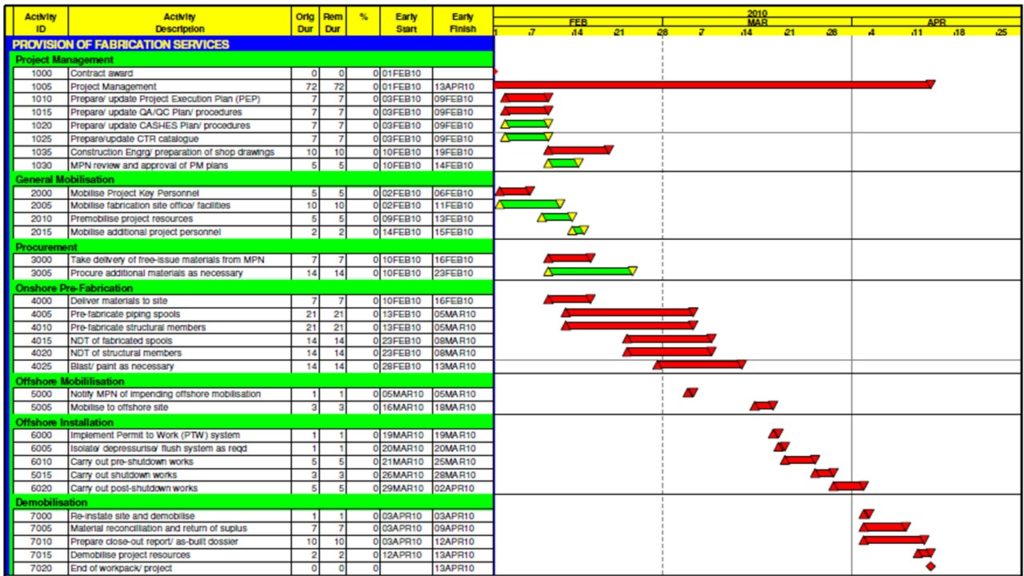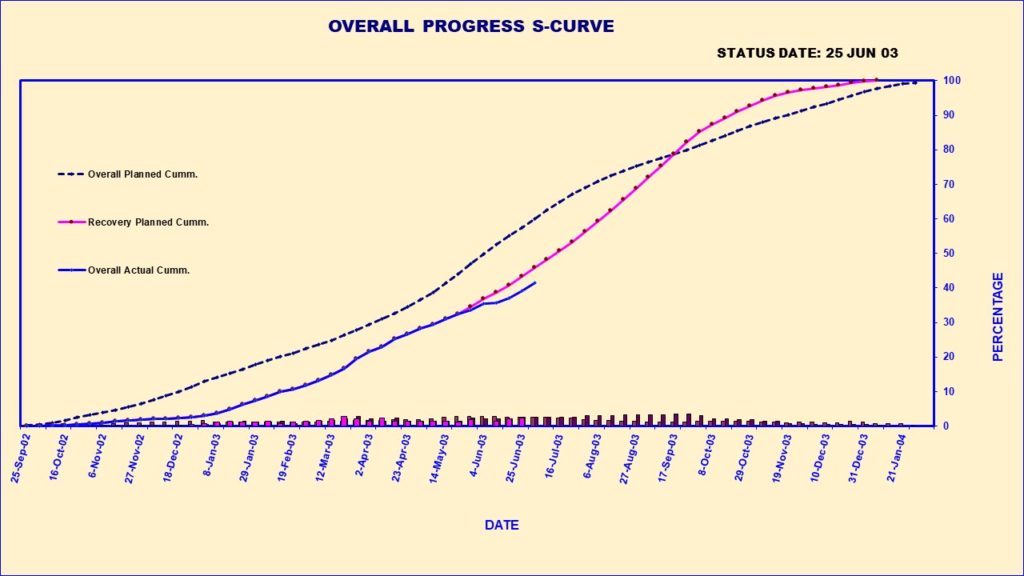BASELINE PLAN, RECOVERY PLAN, REVISED PLAN. WHAT IS THE DIFFERENCE?

You have probably heard the terms Project Baseline Plan or Baseline Schedule, Recovery Plan or Revised Plan. What is the difference? Well, while the baseline plan is readily understood. There is a lot of confusion regarding the recovery plan and revised plan.
Some project personnel and practitioners use them interchangeably. Others are plain confused. Therefore, it is not uncommon to find some project personnel or contractors submit a revised plan instead of a recovery plan requested.
In this essay I intend to clarify or explain the difference.
- Baseline Plan or Baseline Schedule

The Project Management Institute (PMI) defines the Baseline Schedule as the approved version of the schedule model that can be changed only through formal change control procedures and is used as a basis for comparison with actual results.
This is the overall project schedule approved by the client or owner. It is the flight plan, outlining how the contractor or the project team intends to execute the project, hoping that all things work well.
In other words, changes in the contractual milestones or contract completion dates outlined in the Baseline Plan cannot be made without a formal change to the contract.
There might be many baseline plans during the life of the project. However, there must be only one Baseline Plan at any given point in time.
- Revised Plan or Revised Schedule
The defining characteristic of the Revised Plan is the change in contractual dates or milestones.
For example, if the project has fallen behind so much so that it is no longer possible to achieve the contract completion date or milestones, the client may request for a revised plan with a more realistic completion date or milestone completion dates.
Also, the client might desire to complete the project earlier than planned and may request for a revised plan reflecting the desired early completion or milestone dates. Of course, this would usually come with additional cost.
The revised plan usually represents a variation to the contract.
Once the revised plan is approved by the owner, it becomes the new Baseline Plan.
There may be many revised plans during the life of a project. However, there must be only one revised plan at any given time in the life of the project.
- Recovery Plan or Recovery Schedule

If the slippage is such that the project team still believes that there is a realistic chance of completing the project on schedule if certain additional measures are taken, then the contractor may be requested to submit a recovery plan or schedule. The recovery plan outlines the strategies and measures that the project team intends to take to bring the project back on track.
Such measures may include fast-tracking (performing activities in parallel instead of in series as earlier planned) and crashing the schedule by deploying additional resources or working overtime.
The defining characteristic of the Recovery Plan is that it does not change the contractual dates or milestones. In fact, its aim is to ensure that those dates are achieved.
Therefore, the main difference between the revised plan or schedule and the recovery plan or schedule is that the revised plan or schedule changes the original completion date while the recovery plan or recovery schedule does not.
I hope that this is helpful.
Next week we will discuss how to prepare a recovery plan that works – recovers the project.


